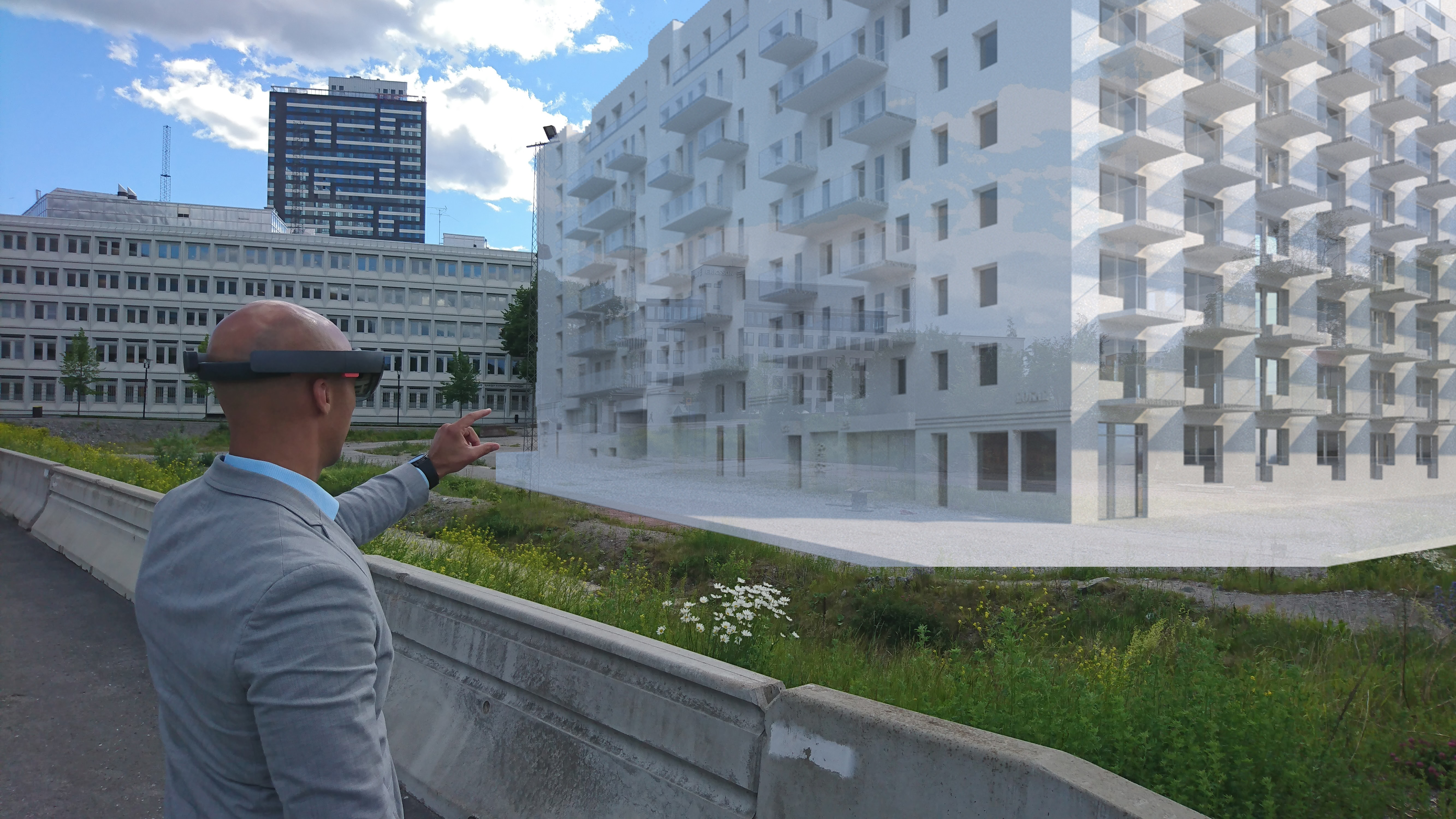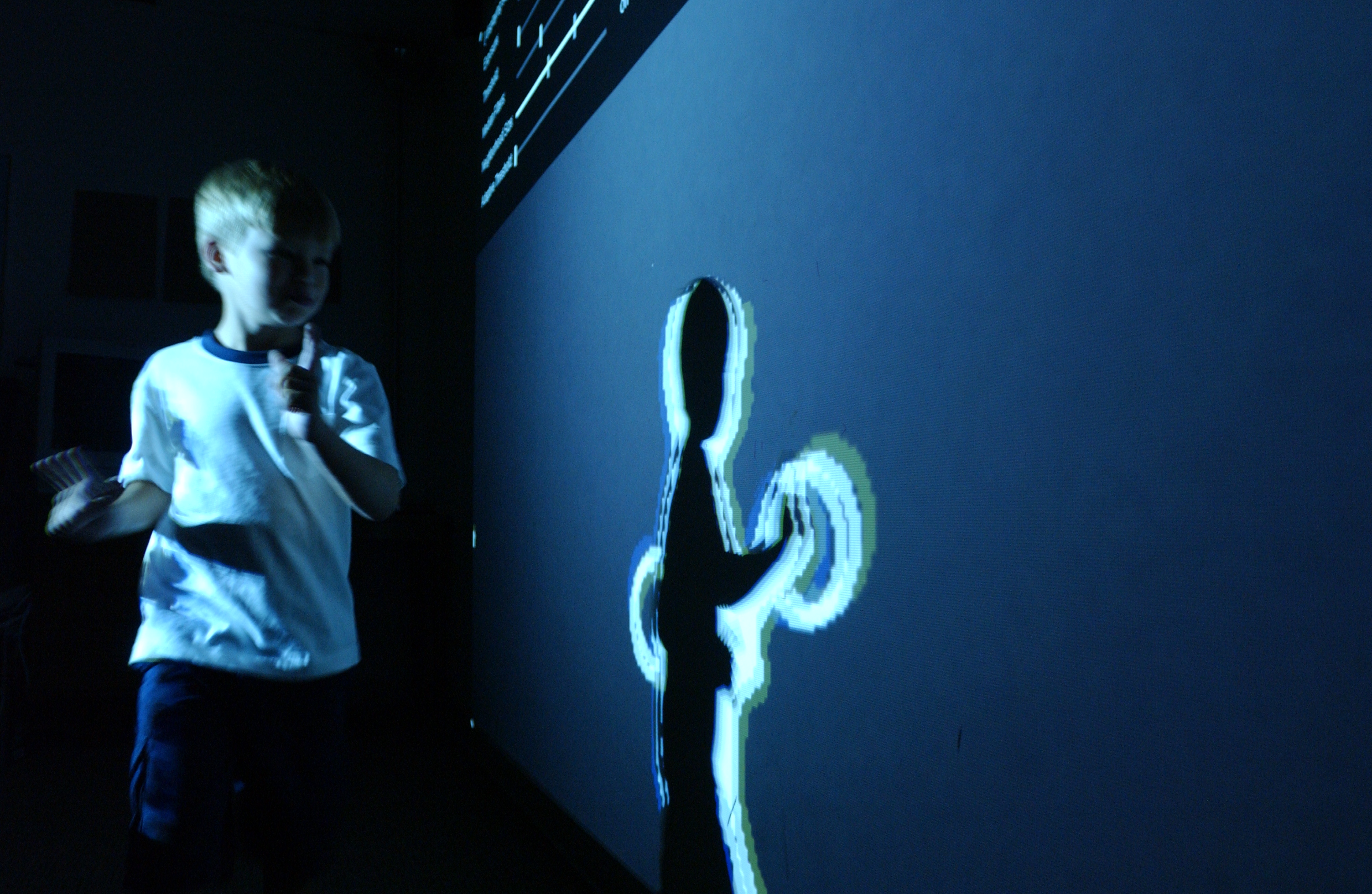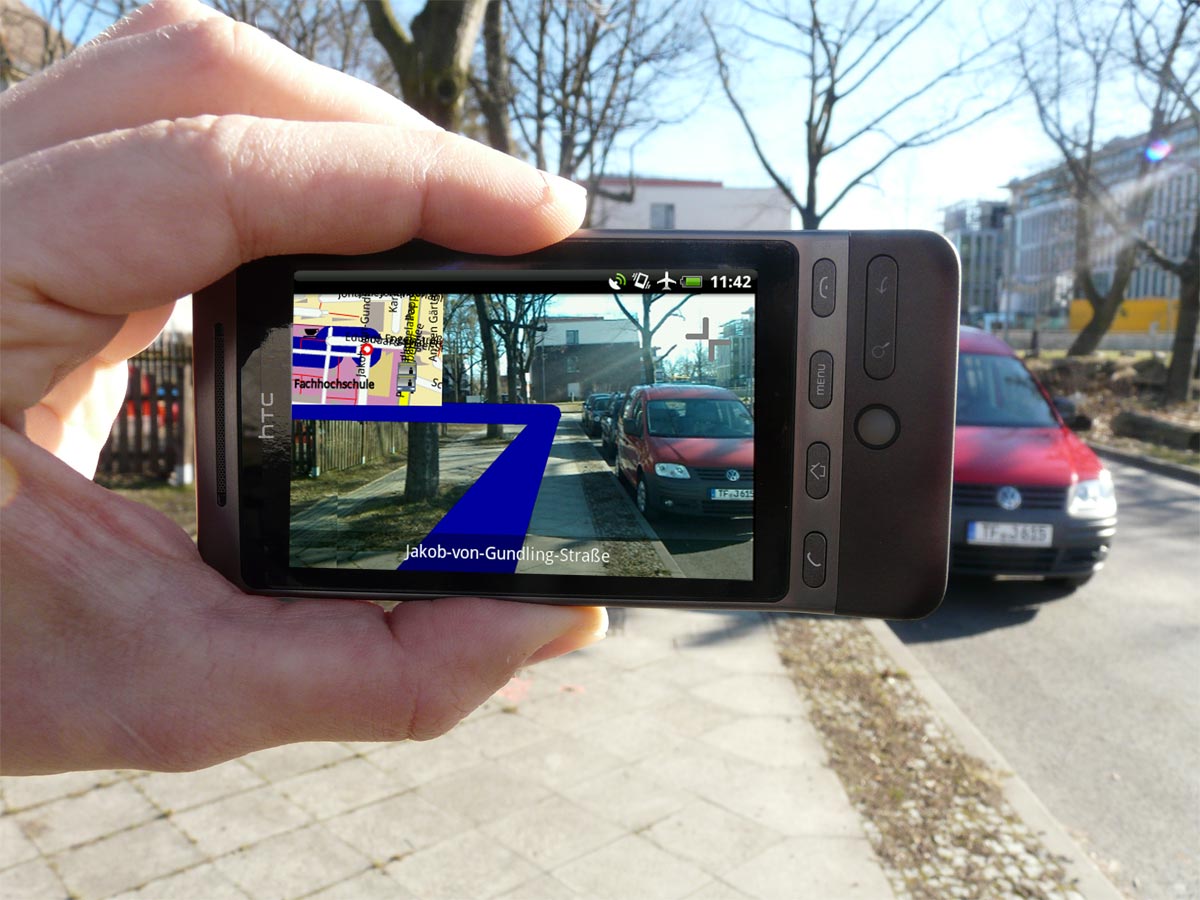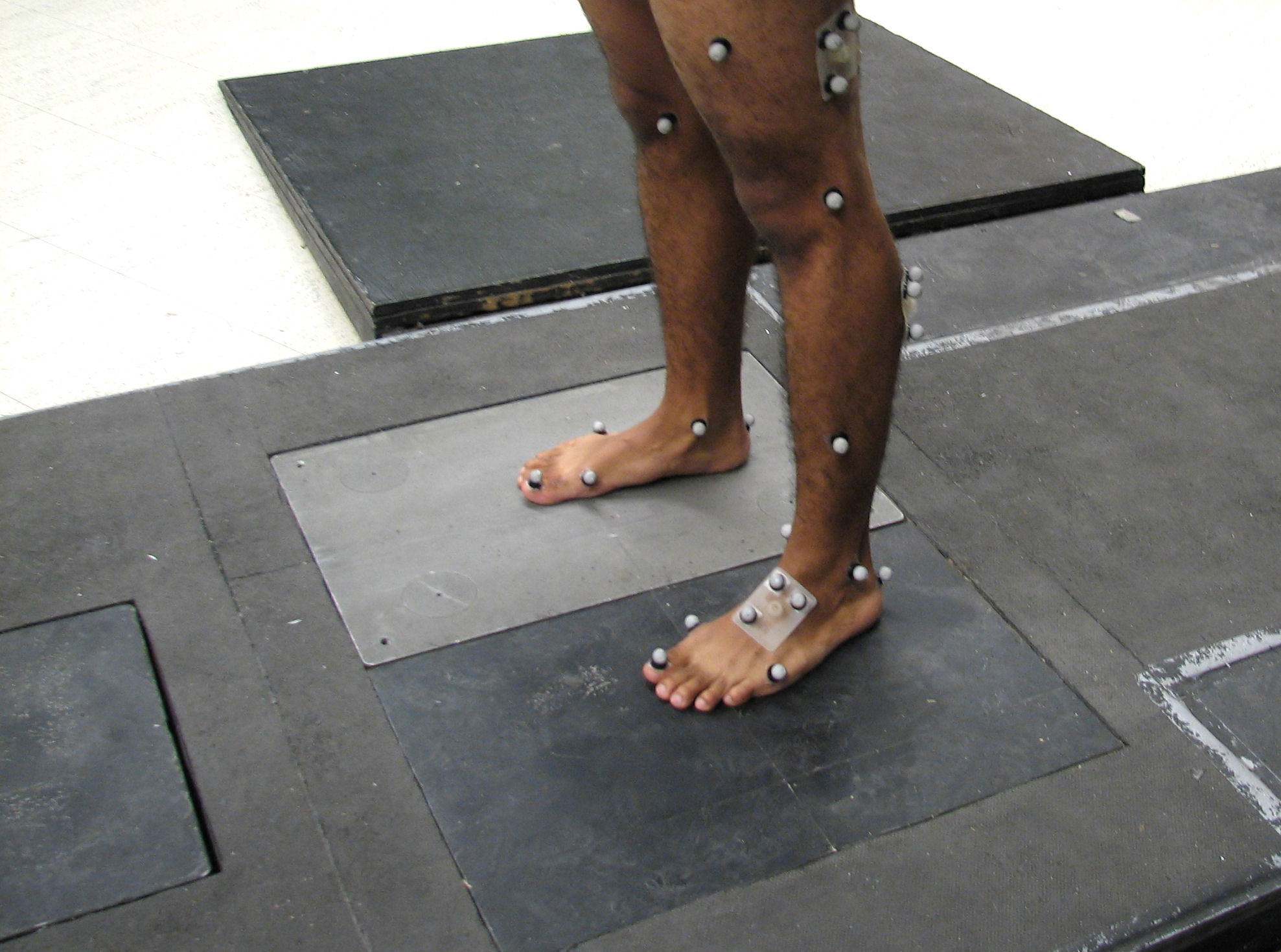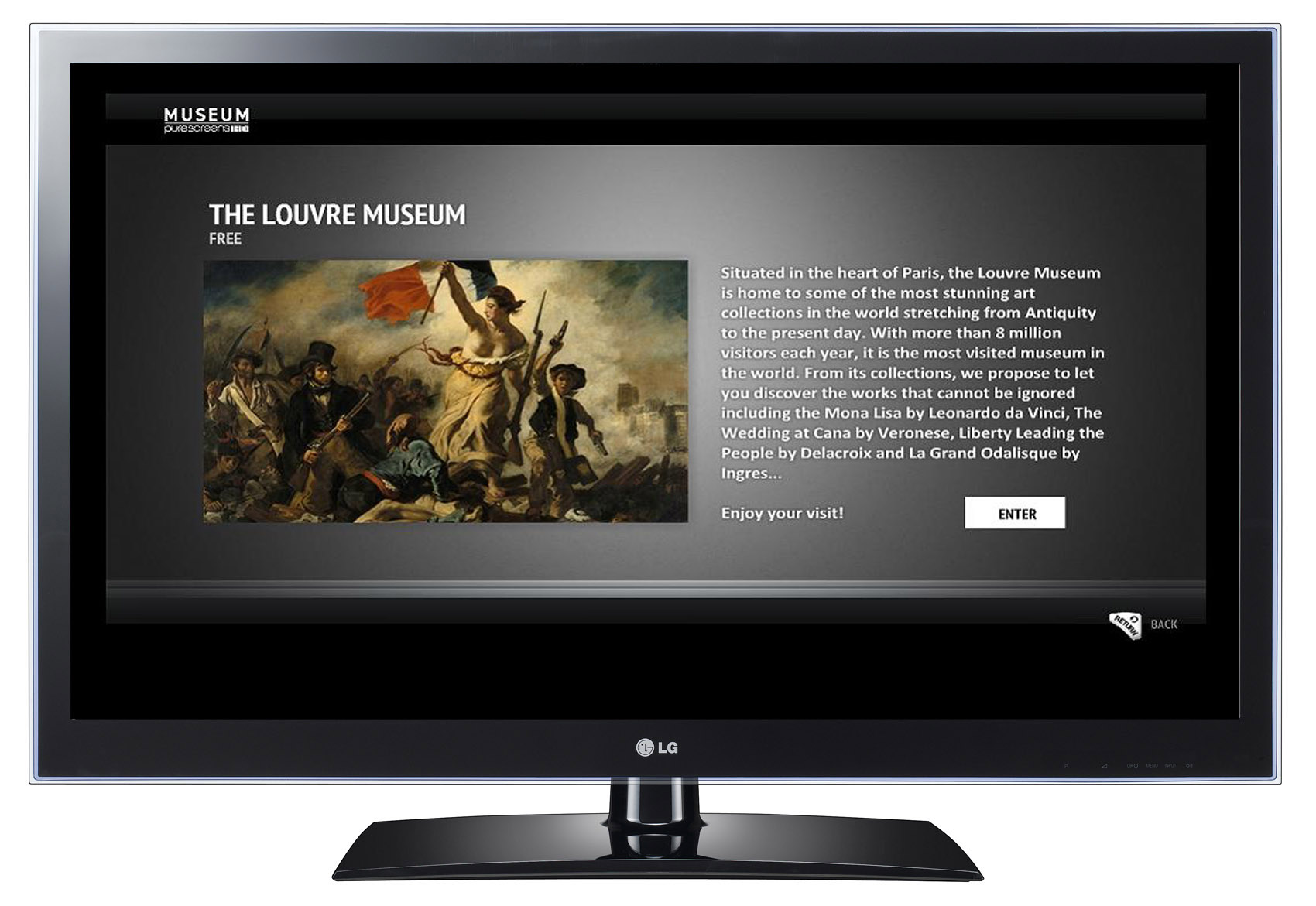|
USens
uSens, Inc. is a Silicon Valley startup founded in 2014 in San Jose, California. The company builds interactive computer-vision tracking solutions. The uSens team has extensive experience in artificial intelligence (AI), computer vision, 3D human-computer interaction (HCI) technology and augmented reality and virtual reality. uSens has been applying computer vision and AI technologies in AR/VR, Automotive and smartphones. uSens has its corporate headquarters in San Jose, California, with additional offices in Beijing, Hangzhou, and Shenzhen. History The co-founder of uSens, Yue Fei, is a researcher in the field of 3D user interfaces and virtual reality. He earned his PhD from Rice University in Space Physics. uSens has developed products in the area of HCI, such as the Fingo Virtual Touch, which is sold in China. Fingo Virtual Touch uses the company's patented Fingo technology. Fingo is the hardware and software that uSens has developed to allow a user to interact with a d ... [...More Info...] [...Related Items...] OR: [Wikipedia] [Google] [Baidu] |
Mixed Reality
Augmented reality (AR), also known as mixed reality (MR), is a technology that overlays real-time 3D computer graphics, 3D-rendered computer graphics onto a portion of the real world through a display, such as a handheld device or head-mounted display. This experience is seamlessly interwoven with the physical world such that it is perceived as an immersion (virtual reality), immersive aspect of the real environment. In this way, augmented reality alters one's ongoing perception of a real-world environment, compared to virtual reality, which aims to completely replace the user's real-world environment with a simulated one. Augmented reality is typically visual, but can span multiple sensory Modality (human–computer interaction), modalities, including Hearing, auditory, haptic perception, haptic, and Somatosensory system, somatosensory. The primary value of augmented reality is the manner in which components of a digital world blend into a person's perception of the real world, ... [...More Info...] [...Related Items...] OR: [Wikipedia] [Google] [Baidu] |
Gesture Recognition
Gesture recognition is an area of research and development in computer science and language technology concerned with the recognition and interpretation of human gestures. A subdiscipline of computer vision, it employs mathematical algorithms to interpret gestures. Gesture recognition offers a path for computers to begin to better understand and interpret computer processing of body language, human body language, previously not possible through text user interface, text or unenhanced graphical user interfaces (GUIs). Gestures can originate from any bodily motion or state, but commonly originate from the face or hand. One area of the field is emotion recognition derived from facial expressions and hand gestures. Users can make simple gestures to control or interact with devices without physically touching them. Many approaches have been made using cameras and computer vision algorithms to interpret sign language, however, the identification and recognition of posture, gait, pro ... [...More Info...] [...Related Items...] OR: [Wikipedia] [Google] [Baidu] |
Augmented Reality
Augmented reality (AR), also known as mixed reality (MR), is a technology that overlays real-time 3D computer graphics, 3D-rendered computer graphics onto a portion of the real world through a display, such as a handheld device or head-mounted display. This experience is seamlessly interwoven with the physical world such that it is perceived as an immersion (virtual reality), immersive aspect of the real environment. In this way, augmented reality alters one's ongoing perception of a real-world environment, compared to virtual reality, which aims to completely replace the user's real-world environment with a simulated one. Augmented reality is typically visual, but can span multiple sensory Modality (human–computer interaction), modalities, including Hearing, auditory, haptic perception, haptic, and Somatosensory system, somatosensory. The primary value of augmented reality is the manner in which components of a digital world blend into a person's perception of the real world, ... [...More Info...] [...Related Items...] OR: [Wikipedia] [Google] [Baidu] |
Motion Capture
Motion capture (sometimes referred as mocap or mo-cap, for short) is the process of recording high-resolution motion (physics), movement of objects or people into a computer system. It is used in Military science, military, entertainment, sports, medical applications, and for validation of computer vision and robots. In films, television shows and video games, motion capture refers to recording actions of Motion-capture acting, human actors and using that information to animate Character animation, digital character models in 2D or 3D computer animation. When it includes face and fingers or captures subtle expressions, it is often referred to as performance capture. In many fields, motion capture is sometimes called motion tracking, but in filmmaking and games, motion tracking usually refers more to match moving. In motion capture sessions, movements of one or more actors are sampled many times per second. Whereas early techniques used 3D reconstruction from multiple images, ima ... [...More Info...] [...Related Items...] OR: [Wikipedia] [Google] [Baidu] |
Privately Held Company
A privately held company (or simply a private company) is a company whose Stock, shares and related rights or obligations are not offered for public subscription or publicly negotiated in their respective listed markets. Instead, the Private equity, company's stock is offered, owned, traded or exchanged privately, also known as "over-the-counter (finance), over-the-counter". Related terms are unlisted organisation, unquoted company and private equity. Private companies are often less well-known than their public company, publicly traded counterparts but still have major importance in the world's economy. For example, in 2008, the 441 list of largest private non-governmental companies by revenue, largest private companies in the United States accounted for $1.8 trillion in revenues and employed 6.2 million people, according to ''Forbes''. In general, all companies that are not owned by the government are classified as private enterprises. This definition encompasses both publ ... [...More Info...] [...Related Items...] OR: [Wikipedia] [Google] [Baidu] |
Smart TV
A smart TV, also known as a connected TV (CTV or, rarely, CoTV), is a traditional television set with integrated Internet and interactive Web 2.0 features that allow users to stream music and videos, browse the internet, and view photos. Smart TVs are a technological convergence of computers, televisions, and digital media players. Besides the traditional functions of television sets provided through traditional broadcasting media, these devices can provide access to over-the-top media services such as streaming television and internet radio, along with home networking access. Smart TV is different from Internet TV, IPTV, or streaming television. ''Internet TV'' refers to receiving television content over the Internet instead of traditional systems such as terrestrial, cable, and satellite, regardless of how the Internet is delivered. ''IPTV'' is one of the Internet television technology standards for use by television broadcasters. ''Streaming television'' is a term used for p ... [...More Info...] [...Related Items...] OR: [Wikipedia] [Google] [Baidu] |
Virtual Reality
Virtual reality (VR) is a Simulation, simulated experience that employs 3D near-eye displays and pose tracking to give the user an immersive feel of a virtual world. Applications of virtual reality include entertainment (particularly video games), education (such as medical, safety, or military training) and business (such as virtual meetings). VR is one of the key technologies in the Reality–virtuality continuum, reality-virtuality continuum. As such, it is different from other digital visualization solutions, such as augmented virtuality and augmented reality. Currently, standard virtual reality systems use either virtual reality headsets or multi-projected environments to generate some realistic images, sounds, and other sensations that simulate a user's physical presence in a virtual environment. A person using virtual reality equipment is able to look around the artificial world, move around in it, and interact with virtual features or items. The effect is commonly creat ... [...More Info...] [...Related Items...] OR: [Wikipedia] [Google] [Baidu] |
IDG Ventures
IDG Ventures is a global family of venture funds with approximately $3.6 billion under management. All of the funds were originally sole-source-funded by International Data Group. The first fund was created by IDG in 1996 and was located in San Francisco, California. The latest San Francisco fund, formed in 2007, accepted other institutional investors in addition to IDG, which remains a major investor. In 2000, IDG started a fund in Europe; this fund is now closed. In 2001, IDG started a fund in Boston, also named IDG Ventures. The manager of the Boston fund renamed itself Flybridge Capital Partners in 2008 and is no longer associated with the IDG Ventures funds. In the 2000s, IDG started funds in Vietnam, India, and Korea. As of 2013, there are five countries with IDG funds — China, Vietnam, India, Korea and the United States (San Francisco). In January 2017, IDG Capital and China Oceanwide Holdings Group acquired International Data Group International Data Group (IDG, ... [...More Info...] [...Related Items...] OR: [Wikipedia] [Google] [Baidu] |
Oriental Fortune Capital
Oriental Fortune Capital (OFC; ) is a Chinese venture capital (VC) firm that is headquartered in Shenzhen. Background OFC was co-founded in 2006 by Chen Wei who was previously the President of Shenzhen Capital Group (SCGC). When departing SCGC, Chen persuaded several of his colleagues to join him as general partners of OFC. The firm originally had three employees. Since its establishment, OFC has been based in the same building in Futian, Shenzhen which is said to have good feng shui. By early 2007, OFC recruited several limited partners (LPs) who were mostly real estate developers and raised 320 million yuan for its debut fund. When OFC first started its operation in 2007, OFC focused on pre-IPO stage projects which delivered immediate results to impress the LPs. During the 2008 financial crisis, OFC took on more early-stage projects as rapid exits became unrealistic under the prevailing economic conditions. The profitability of the project came first in priority over th ... [...More Info...] [...Related Items...] OR: [Wikipedia] [Google] [Baidu] |
Fortune Venture Capital
Fortune Venture Capital (also known as Fortune Capital) () is a state-backed Chinese venture capital firm founded in 2000. The firm is owned by the Hunan TV & Broadcast Intermediary Co Ltd which in turn is owned by the Hunan Broadcasting System. It is considered one of the earliest state-backed venture capital firms in China. Background Fortune Venture Capital was founded in 2000 by Liu Zhou. Liu first saw the potential of venture capital when the company he worked for, Hunan TV & Broadcast held its initial public offering on the Shenzhen Stock Exchange in 1999. In 2000, Long Qiuyun, the chairman Hunan TV & Broadcast gave Liu 100 million yuan to start a venture capital firm. At the time, Liu was unsure whether to open the firm in Beijing or Shenzhen so he asked a Feng shui master who told him to pick Shenzhen. However Liu has stated he already decided with Shenzhen from the beginning because it was the frontier of reform and opening up. In the first ten years, the firm strugg ... [...More Info...] [...Related Items...] OR: [Wikipedia] [Google] [Baidu] |
Kickstarter
Kickstarter, PBC is an American Benefit corporation, public benefit corporation based in Brooklyn, New York City, that maintains a global crowdfunding platform focused on creativity. The company's stated mission is to "help bring creative projects to life". As of April 2025, Kickstarter has received US$8.71 billion in pledges from 24.1 million backers to fund 277,302 projects, such as films, music, stage shows, comics, journalism, video games, board games, technology, publishing, and food-related projects. People who back Kickstarter projects are offered tangible rewards or experiences in exchange for their pledges. This model traces its roots to subscription model of arts patronage, in which artists would go directly to their audiences to fund their work. History Kickstarter launched on April 28, 2009, by Perry Chen, Yancey Strickler, and Charles Adler. ''The New York Times'' called Kickstarter "the people's National Endowment for the Arts, NEA". ''Time (magazine), Time'' named ... [...More Info...] [...Related Items...] OR: [Wikipedia] [Google] [Baidu] |
